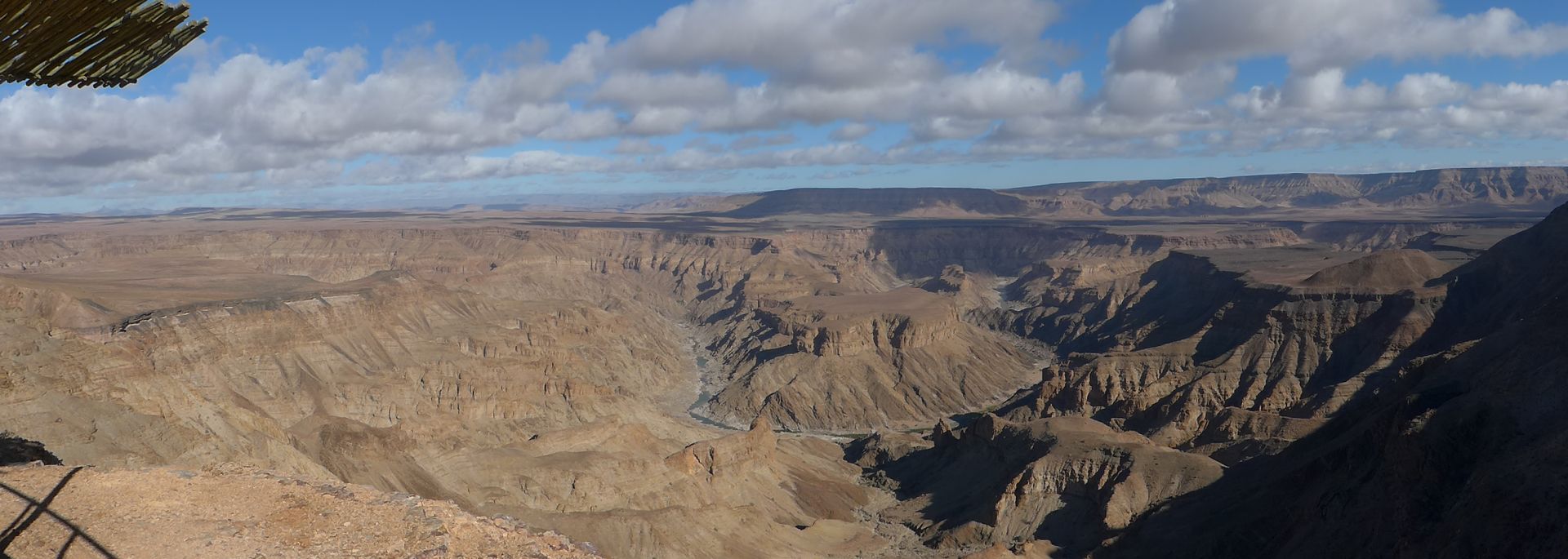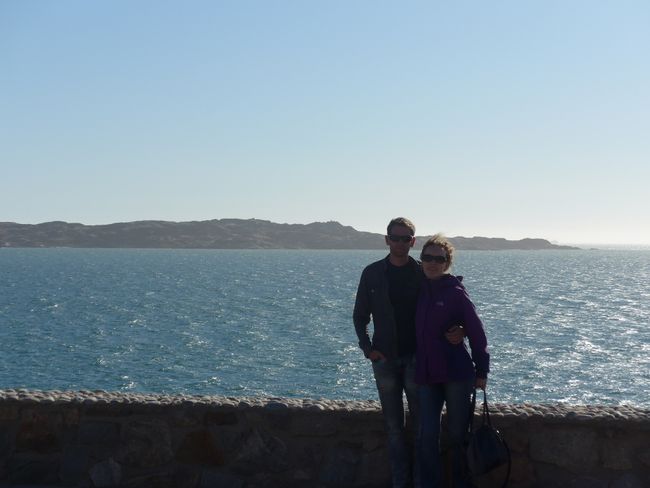Vienna or What the First World War Has to Do with Champagne
Опубліковано: 10.10.2019
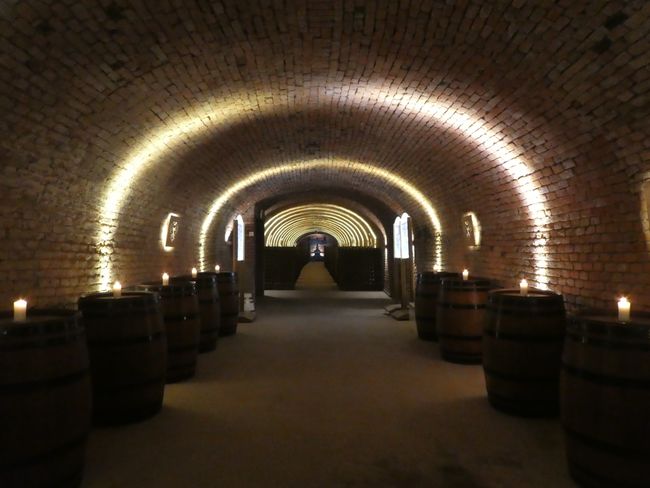
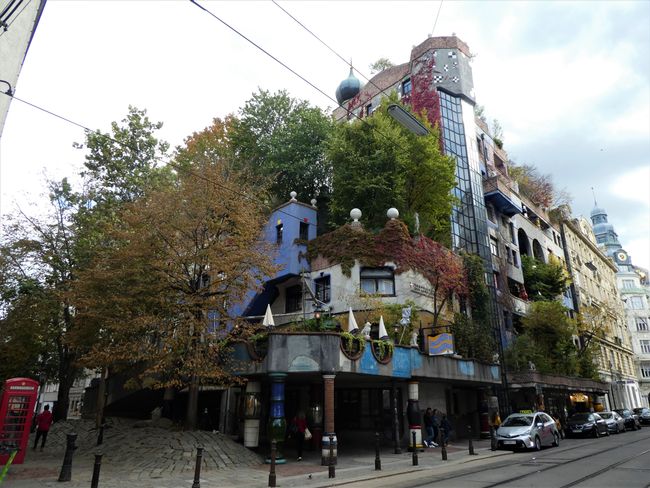
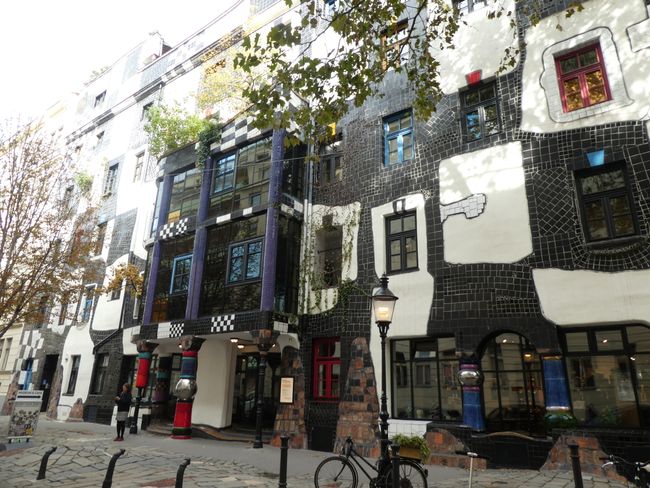
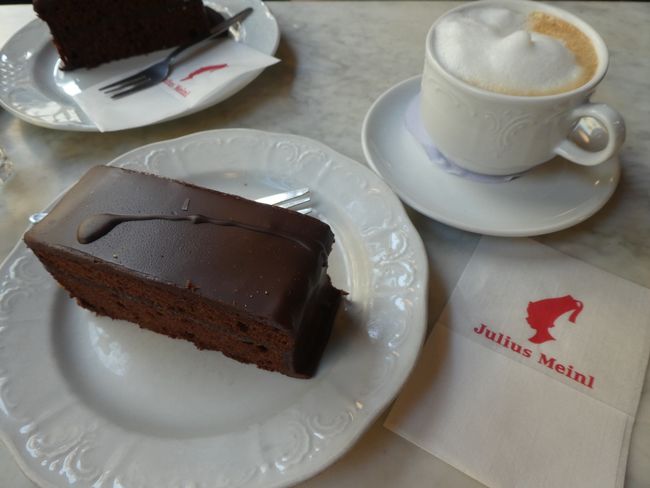
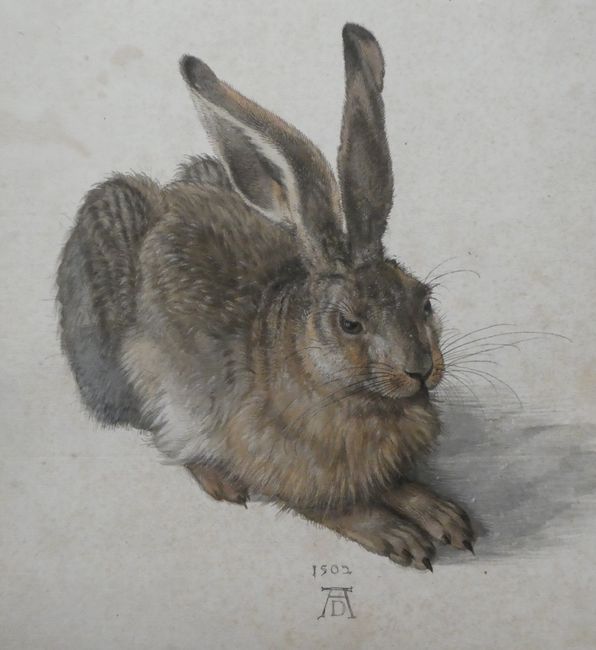
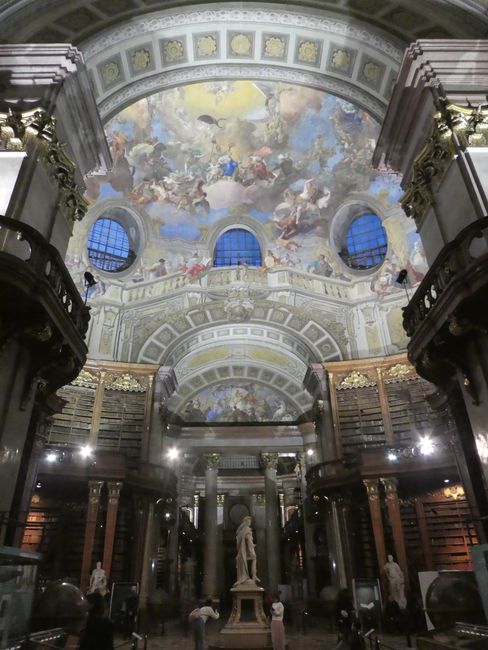
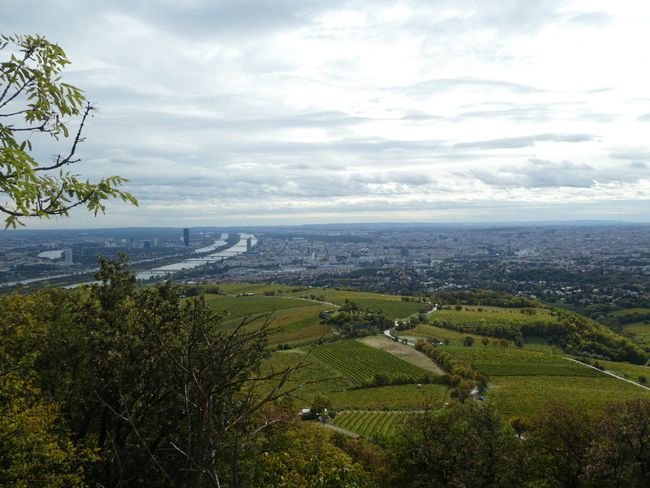
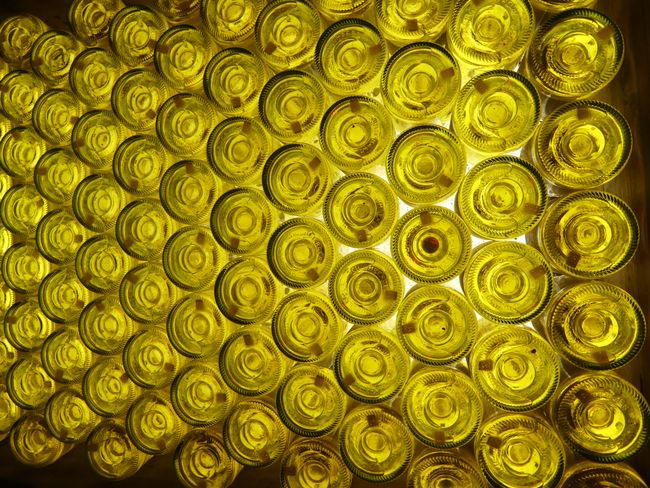
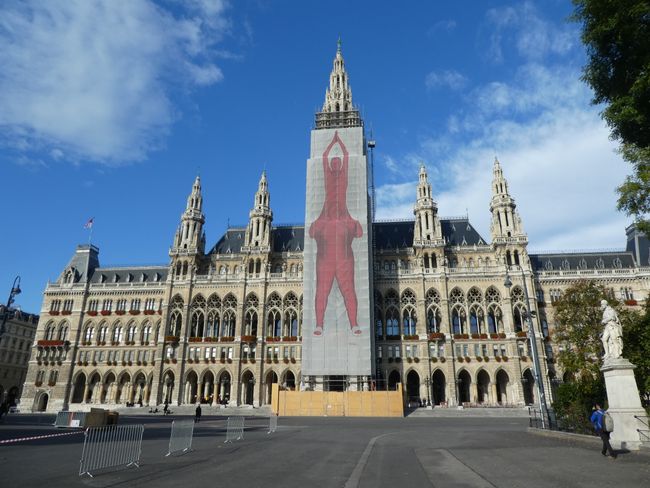
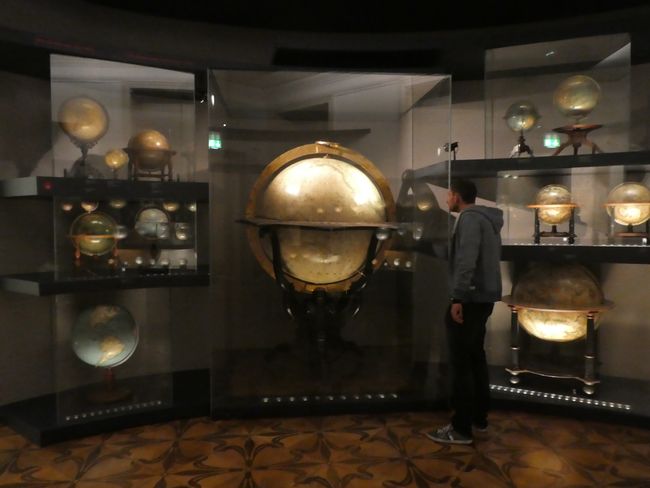
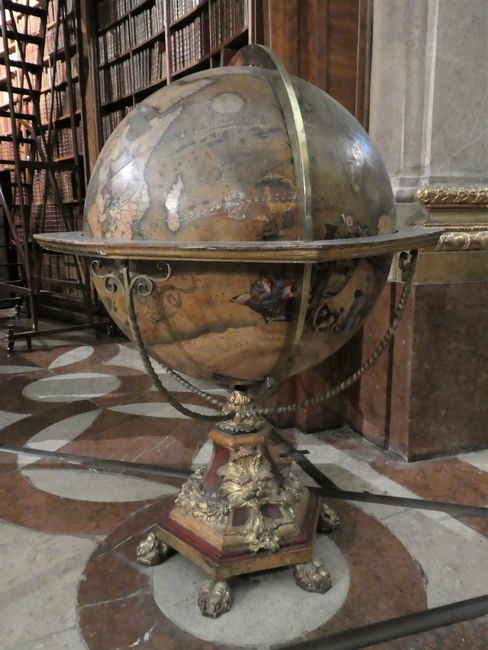
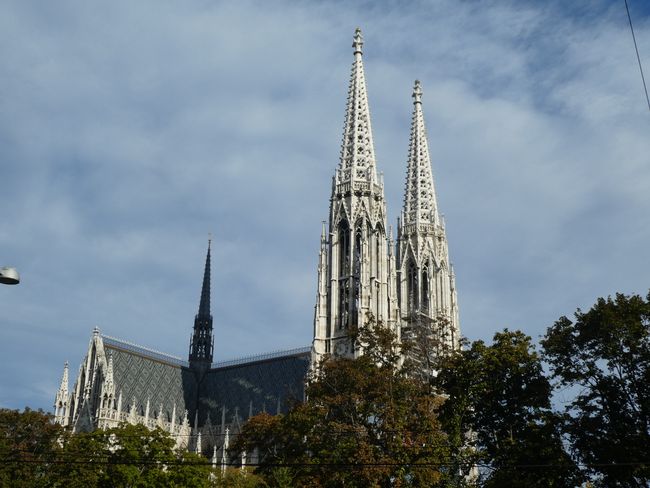
Підписатися на Розсилку
In the morning we took the tram to the City Hall as our first stop. Unfortunately, the adjacent Parliament was completely scaffolded and not nice to look at. There is also a construction site at City Hall, but it is relatively small.
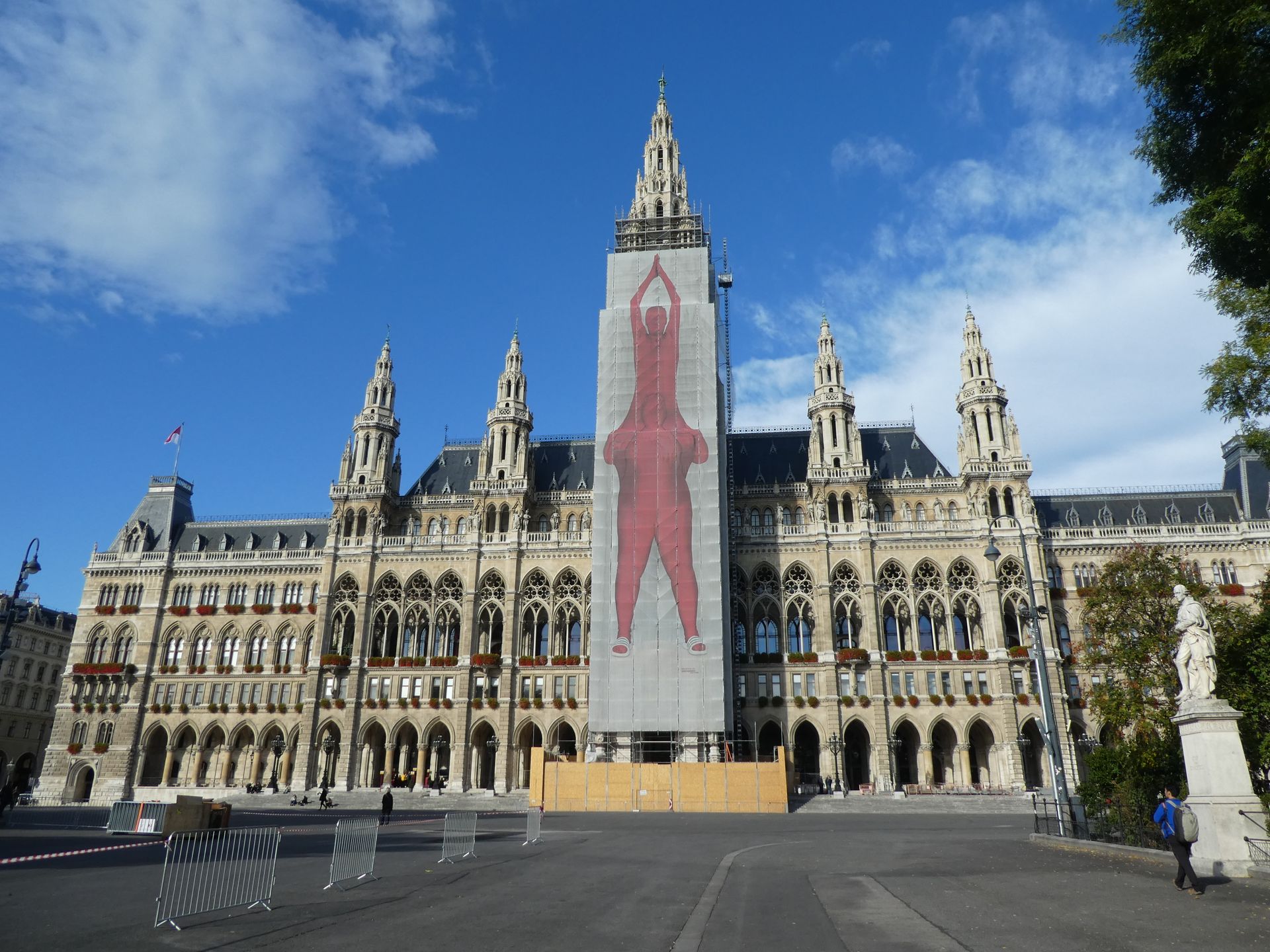
The facade of the Votive Church was also surrounded by scaffolding. It was built on the initiative of Maximilian, the brother of Emperor Franz Joseph. However, he did not live to see its completion: as Emperor of Mexico, he was executed after a short reign.
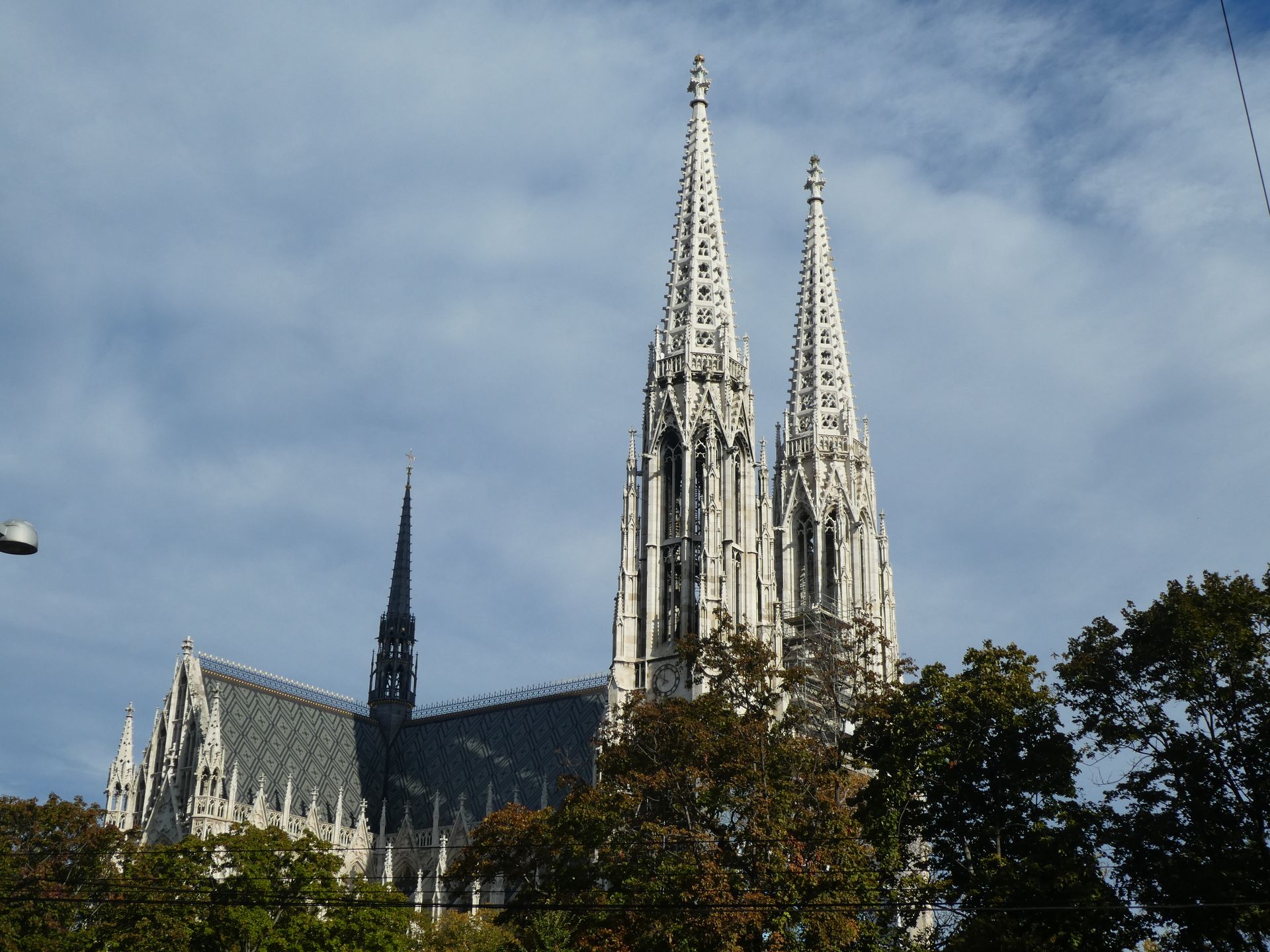
We took a sightseeing bus to go to Kahlenberg. From there, you can overlook Vienna and some vineyards of the city. Vienna is the capital with the most vineyards in its urban area worldwide (which doesn't seem difficult to us since capitals are usually not very rural...)
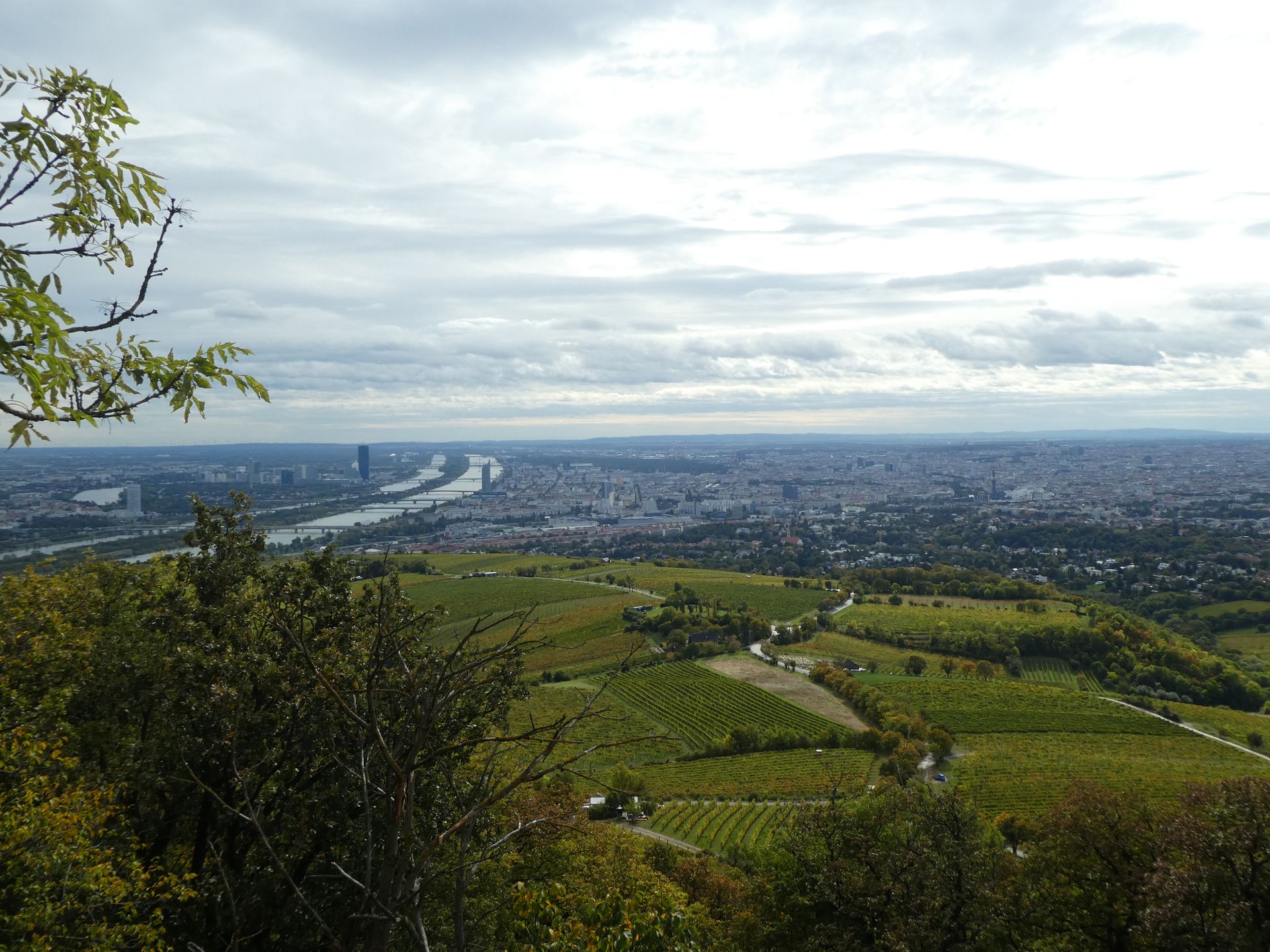
On the way back, we got off at the Schlumberger sparkling wine cellar to take a guided tour with an audio guide and then have a little sample. Formerly, the product was also called "Champagne" until the Treaty of Versailles in 1919 determined that only sparkling wine from Champagne can bear this name. Thus, the outcome of the First World War changed the denomination of the sparkling wine in Austria, where the grapes ripen at the same latitude as the French grapes in Champagne. Since France belonged to the victorious powers of the First World War and Austria lost, the winery in Vienna had to rename its products. However, we still liked the sample very much.
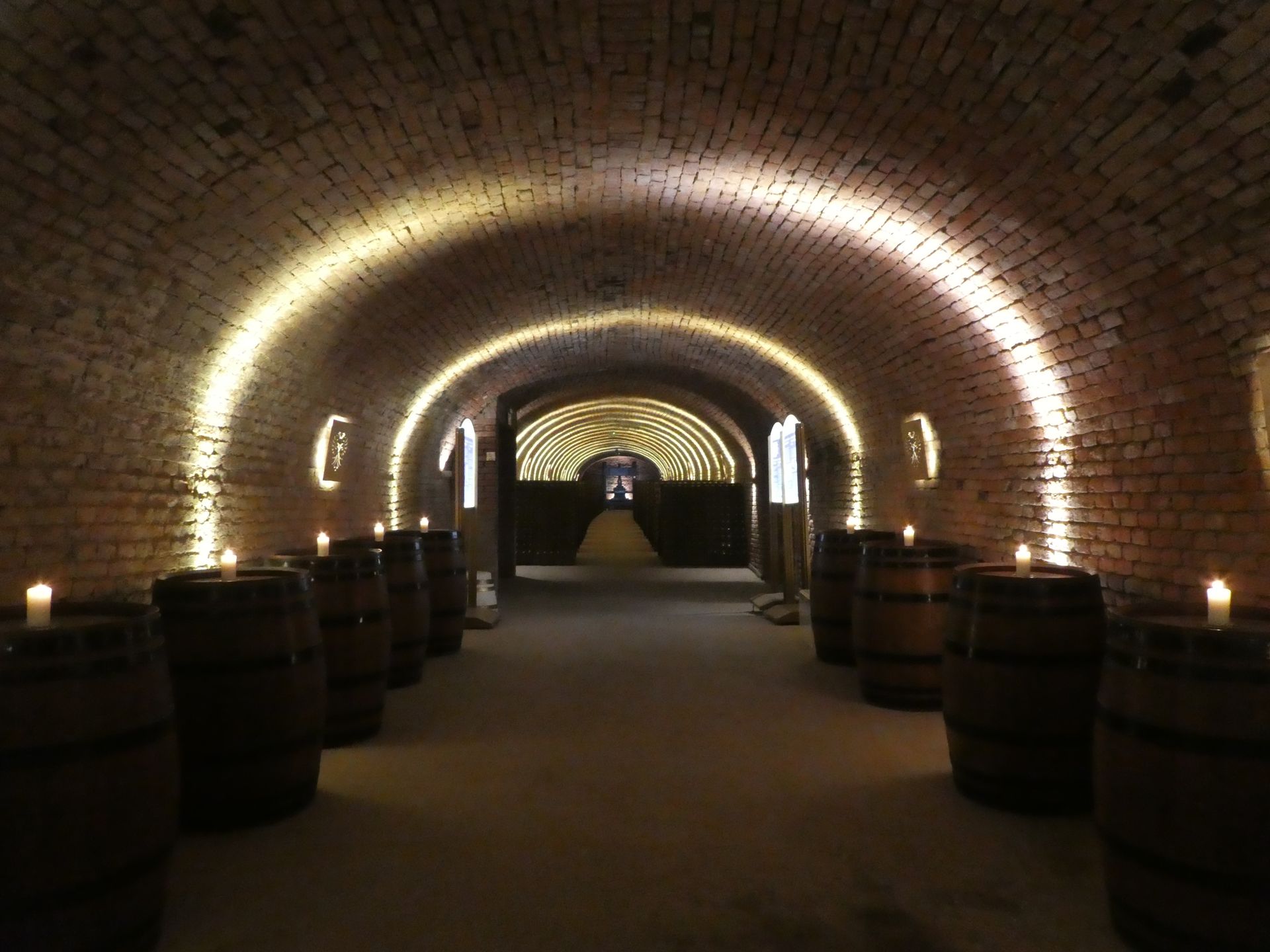
During the tour, we also learned that sparkling wine was once called the "devil's wine". The reason for this was that the workers in the sparkling wine cellar used to wear iron masks because the glass bottles sometimes simply burst. This prevented injuries but also looked intimidating.
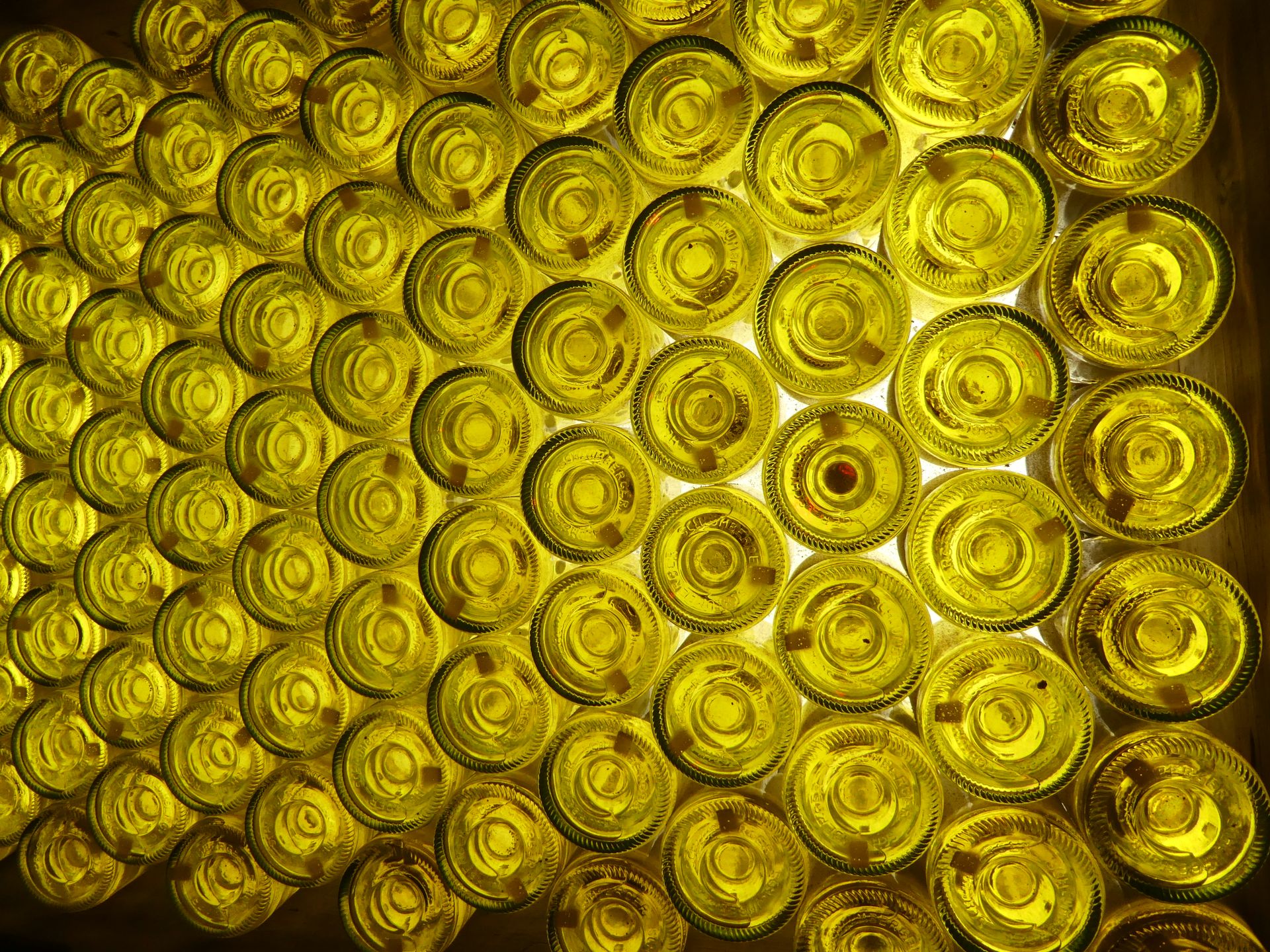
We then continued happily to Hundertwasser House, a residential complex designed by the famous artist Friedensreich Hundertwasser for the city of Vienna.
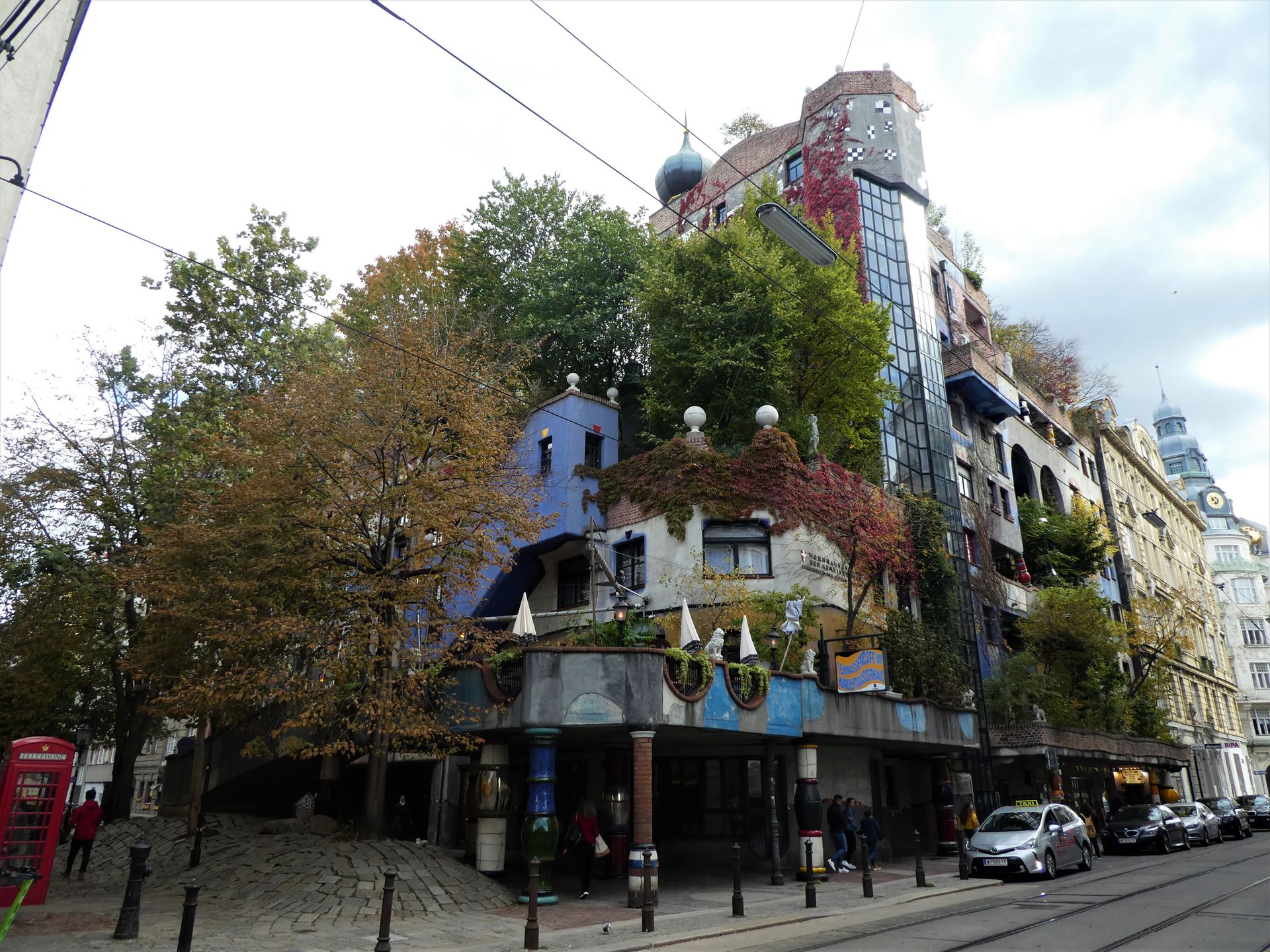
We also visited the Hundertwasser Art Museum, but we found his architecture much more appealing than his paintings.
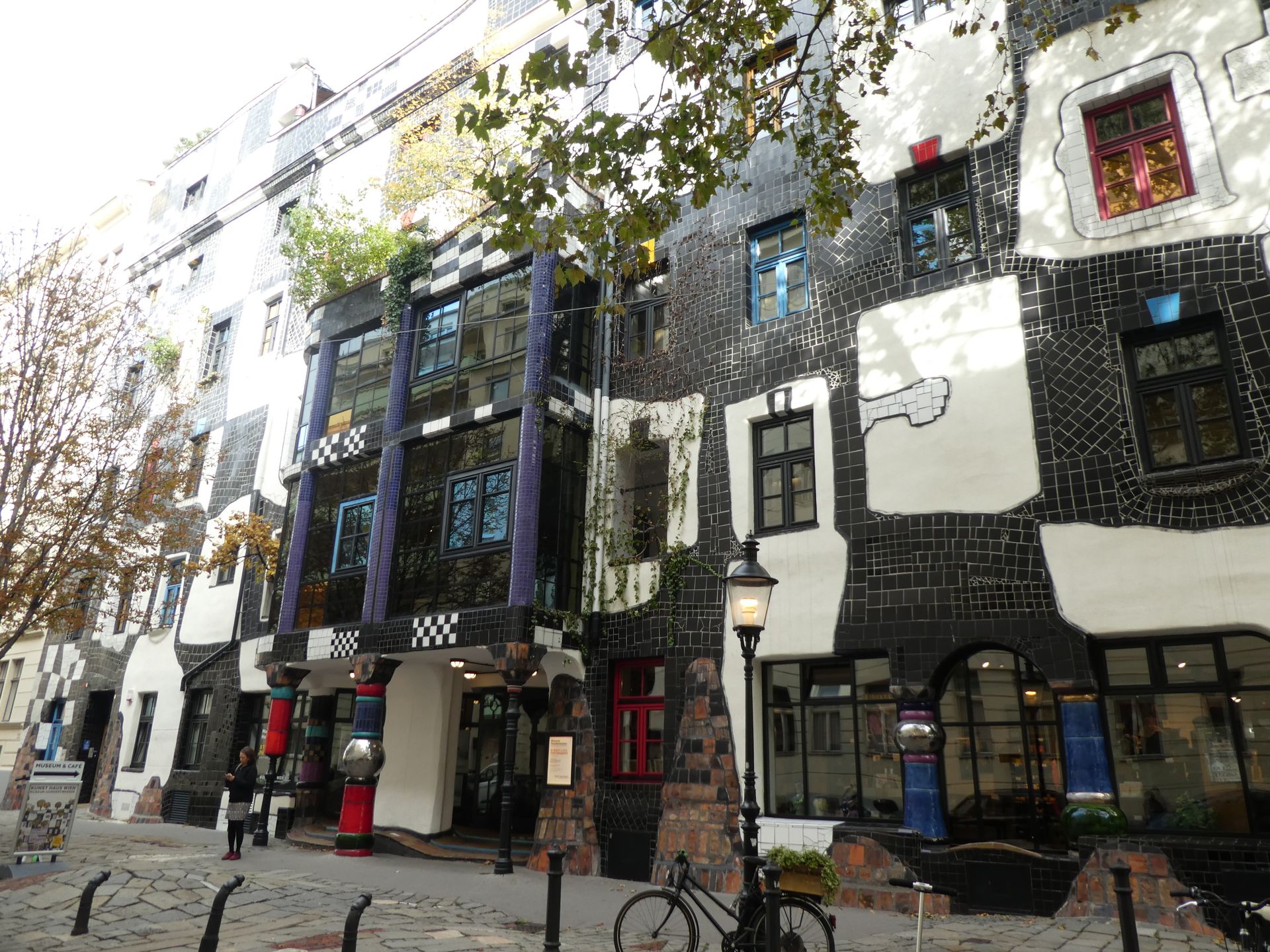
As a little break, we originally wanted to try a real Sachertorte at Café Demel in the city center. However, the queue was as long as at the Hotel Sacher, so we moved on to a small unknown café with a 1960s-style interior. There we had a piece of Sachertorte with Melange. We cannot determine if it is the original recipe, but it was definitely very sweet.
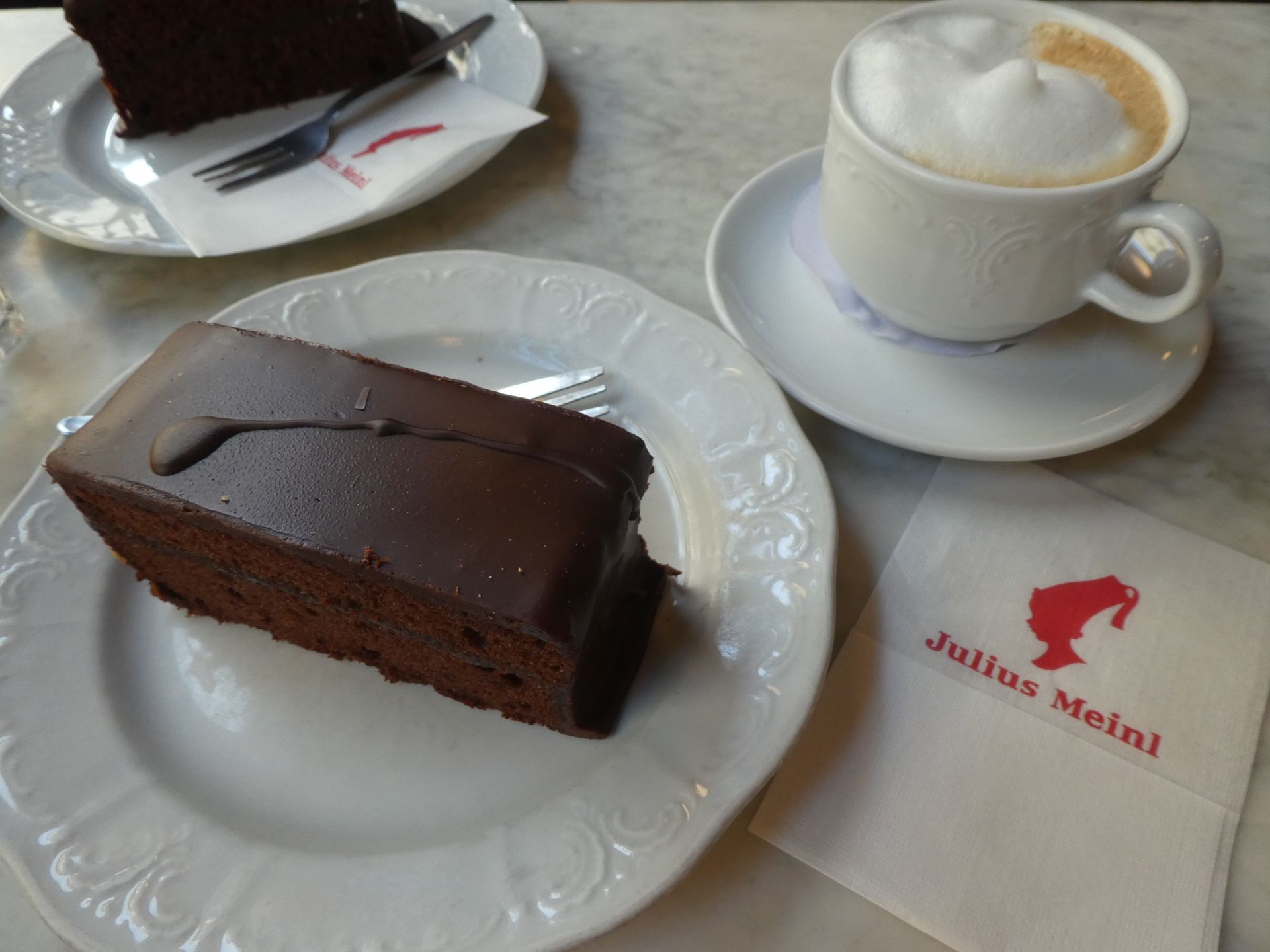
Strengthened, we continued to the Albertina, a large art collection. There was a Dürer exhibition with numerous paintings by the famous artist.
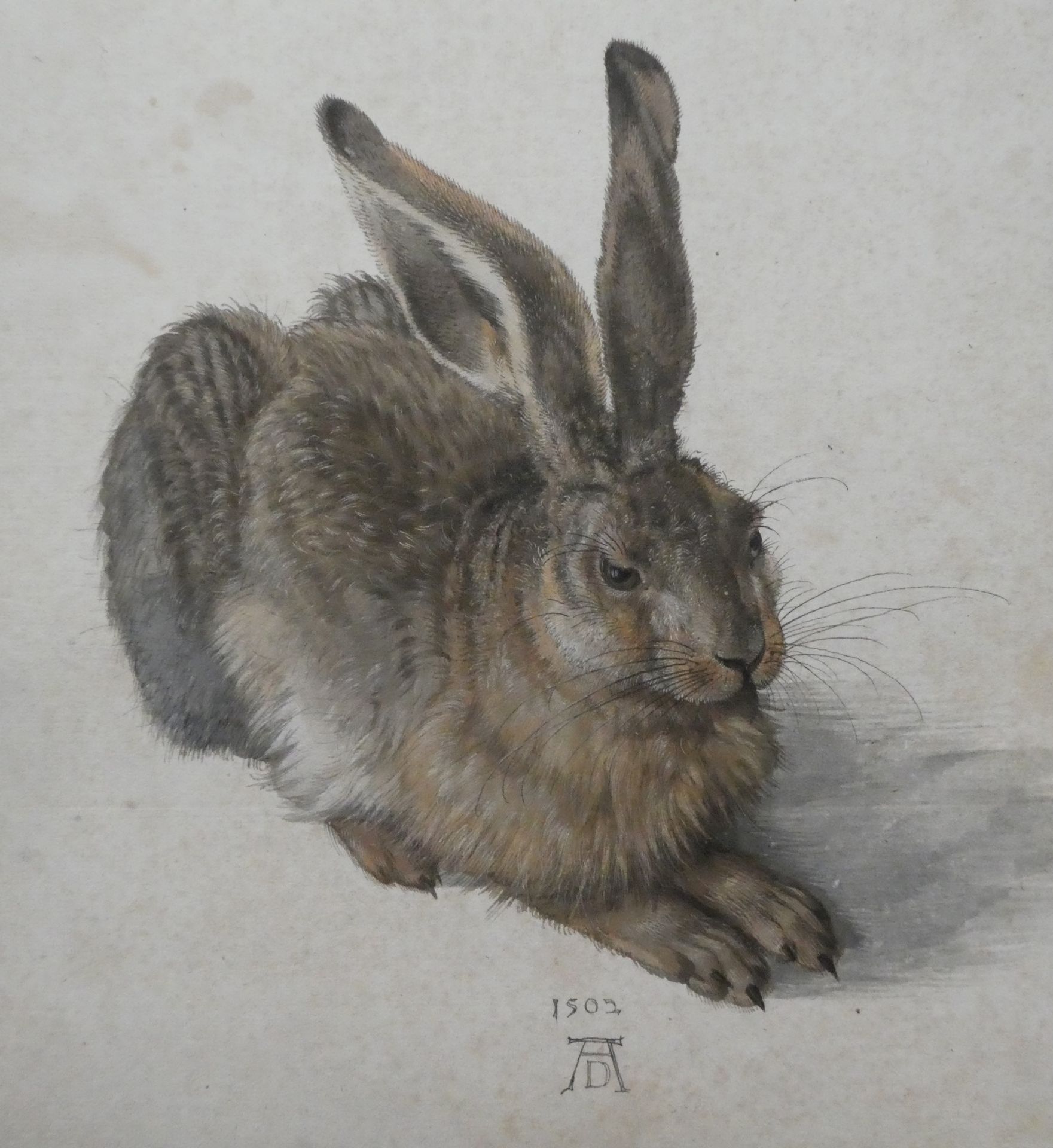
In the evening, as every Thursday, the museums of the National Library were open. So we first visited the magnificent Hall of State, which impresses not only with old books but also with a splendid room.
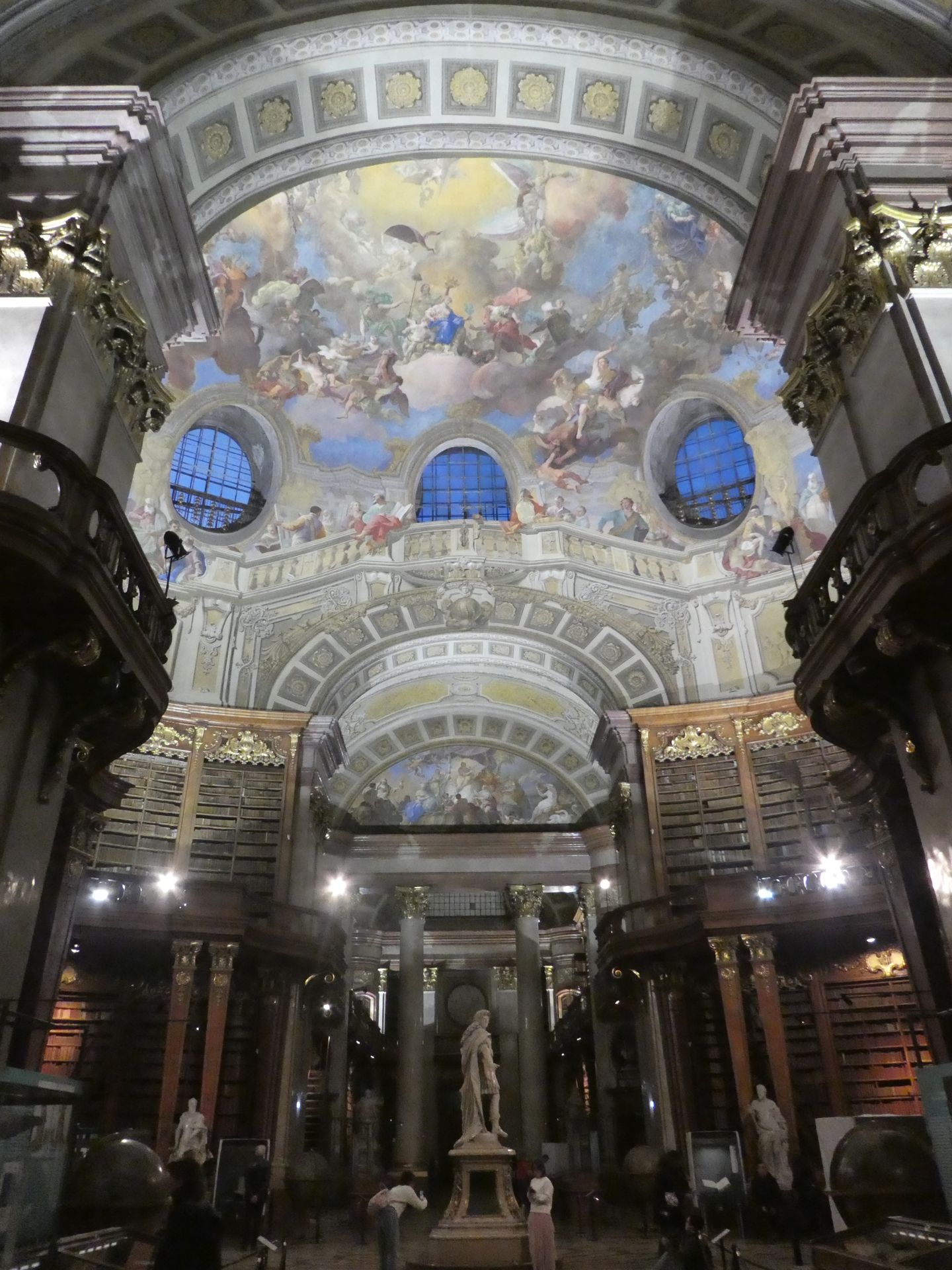
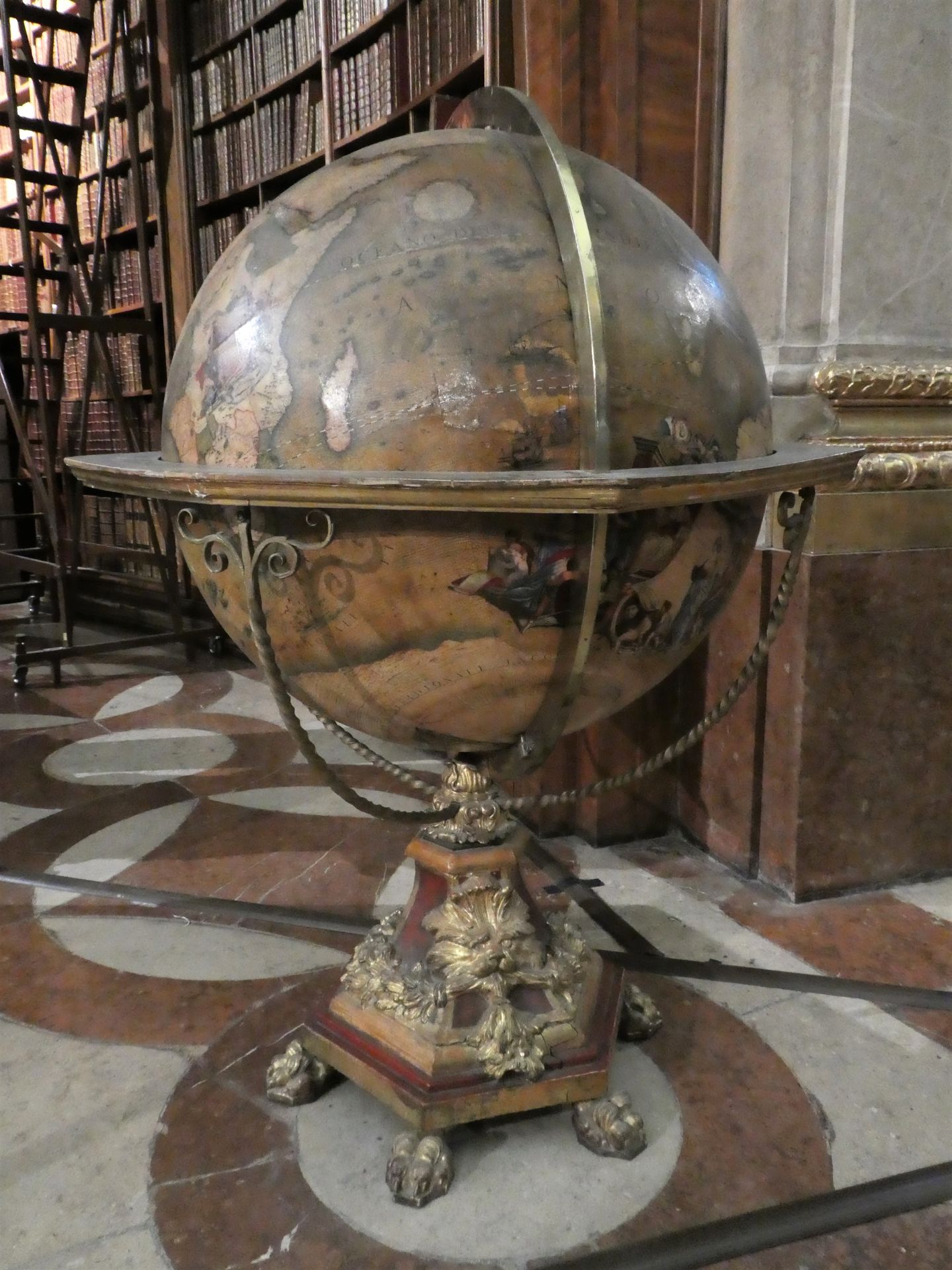
Afterward, we visited the Globe Museum and the Esperanto Museum. While looking at the extensive collection of old and new globes, we also learned a few rules of the grammar of the universal language.
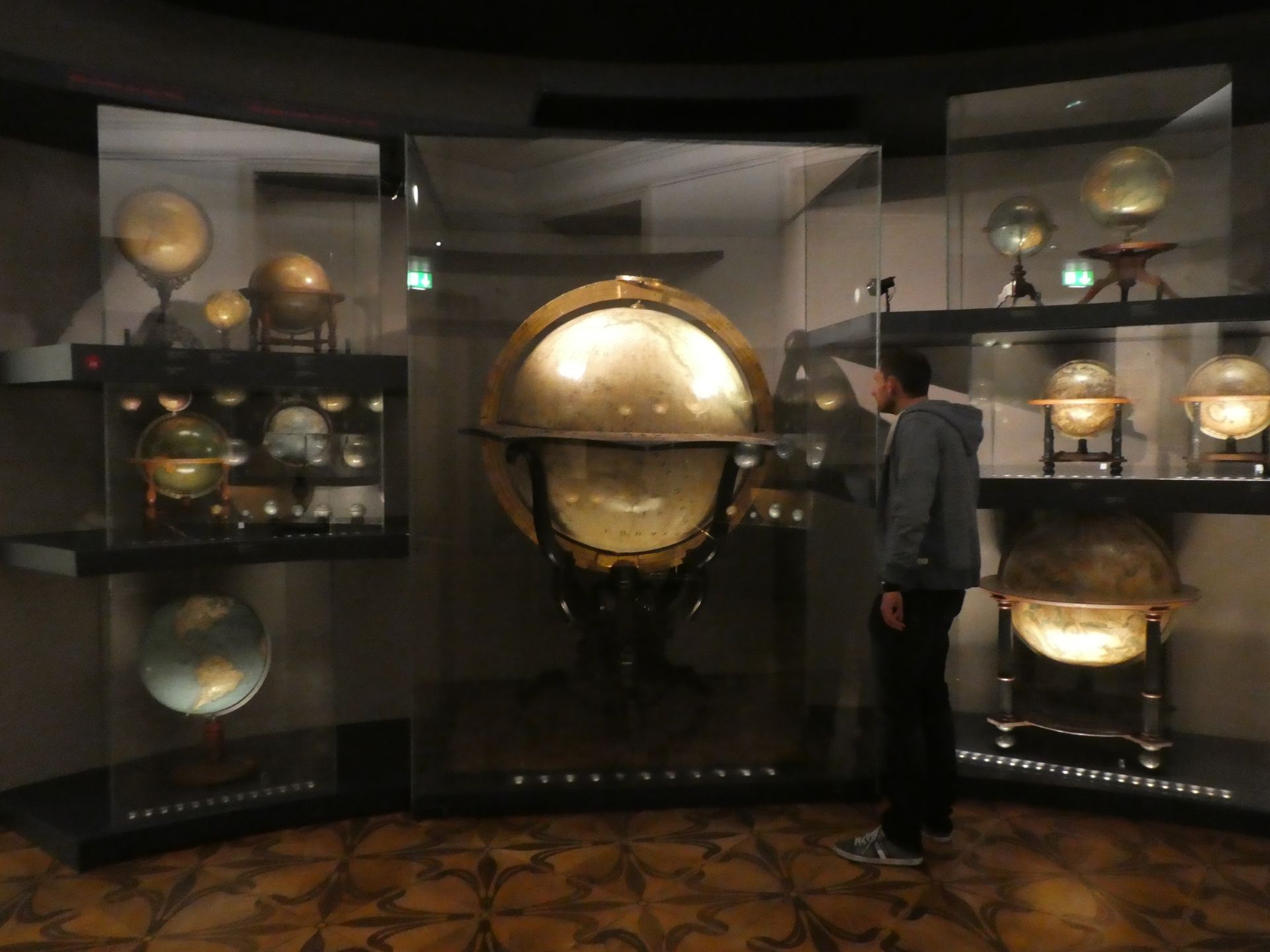
Підписатися на Розсилку
Відповідь
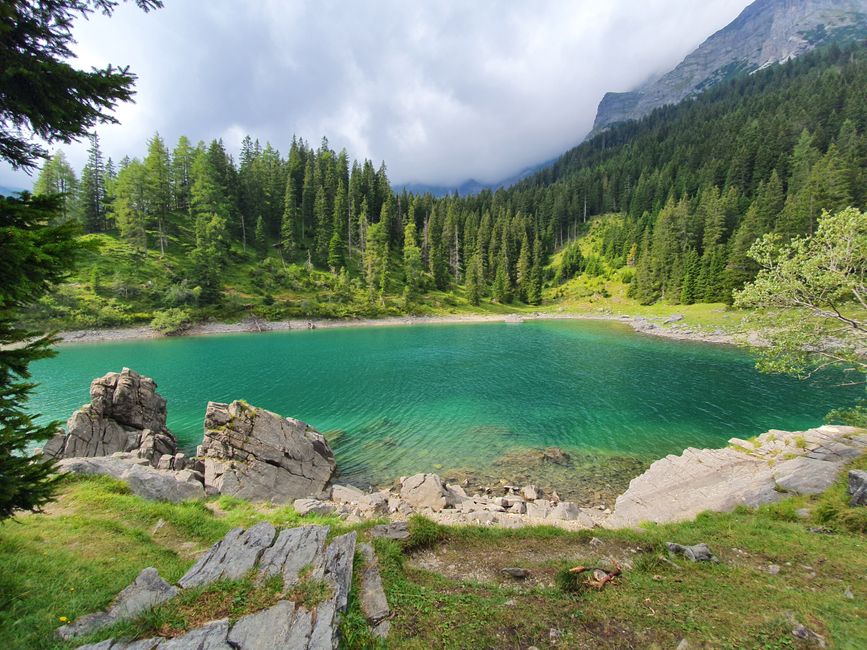
Звіти про подорожі Австрія
